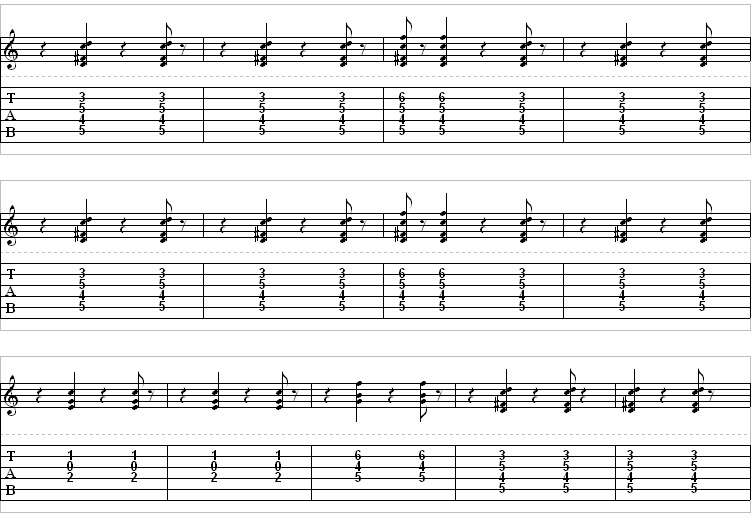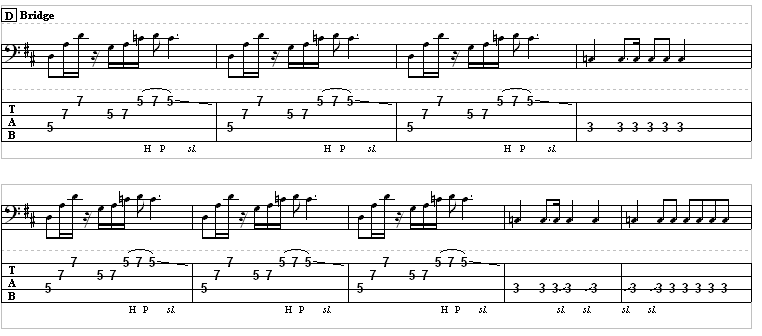Composer: George Harrison
Where To Find This Song: “Revolver” track 1
Original US release date: August 8, 1966
This song ends up being the only shot that George Harrison had at being in the first track position of any of The Beatles’ albums. The opening of the album and this song show a bit of a change in pace as opposed to most of the other Beatles albums. It still manages to send the fast-paced drive and up-tempo that captures the true essence of their artistry.
The formation of this song is relatively flat, and there are many focuses back to the verse/chorus concept to allow the listener and/or musician to immediately find themselves uttering the same verse over and over again until you almost
have to listen to another catchy tune just to get this one out of your head. Even the bridge in this song seems to be not too much different than the rest of the song, still driving toward the “can’t get you out of my head” concept.
Throughout the song, the intensity of the music increases and all of the different parts of the song (maybe not readily noticed until investigation) start to form a very effective thickness that is reminiscent of -well- themselves. Seeing that most musicians form their own music, one would be very in awe to notice that this was George who wrote it, and not originally the entire Beatles as a group. It just sounds so right. Period.
Song Intro
When the song opens, we are given two measures of instrumentals and the bass line that Paul so dauntingly played. It seems to pervade the song from the beginning. The duration of the part is only one measure long and begins with the listener very tightly wound and very tense. Ah, tax time again!

Verse/Chorus
(D7, D7+9,C/E,G7) There are odd-numbered 13 measures to the verse. The song starts off with an eight-measure couplet, and is unevenly balanced by a five-measure phrasing and subdivides into three measures of the refrain with the same two measures from the outro. The song is basically artfully lop-sided. There is a very strong hint of the 12-bar blues progression even with the intentional lack of balance in the song.
Hear the complete verse/chorus:
The tone is set, as shown loosely above starting off with the D7 chords on beats “two” and “four” of the primary guitar part:
Guitar 1

Bass
As mentioned above, the bass guitar provides the primary riff:

Guitar 2
A second guitar echoes the primary riff performed by the bass. It plays a slight variation of what the bass is playing in this supporting role. Of particular note in the chorus is that the guitar doesn’t play the first note of the riff established by the bass during the chorus.

Bridge
(D7,C7) The bridge explains itself. It is nine measures long and ends up being a couplet of parallel phrases. The second phrase is stretched out an extra measure.
Guitar

Bass

Solo
Paul (the bass player) plays the guitar solo and it is excellent. Just what you guys need to work with in order to experiment with your own solos. It is played over the verse riff. There are fast triplets, modal touches, and a melodic shape using several octaves and ending with an upward explosion. This solo is undoubtedly done by a bass player, as it accents lavishly with the bass line. Some argue also that the solo is very much the likes of the “Slowhand” himself Eric Clapton.

Outro
The finale is modified a bit in chord choice and extended an additional measure probably to decelerate the song, giving the listener and/or musician a “heads-up” that the end is near. Once the D chord is reached, the fade-out comes in with a bit of that recurring solo in there at the end, much like a literal reprise of itself. Now, wasn’t that a ton of fun?